Three
PORTRAITS
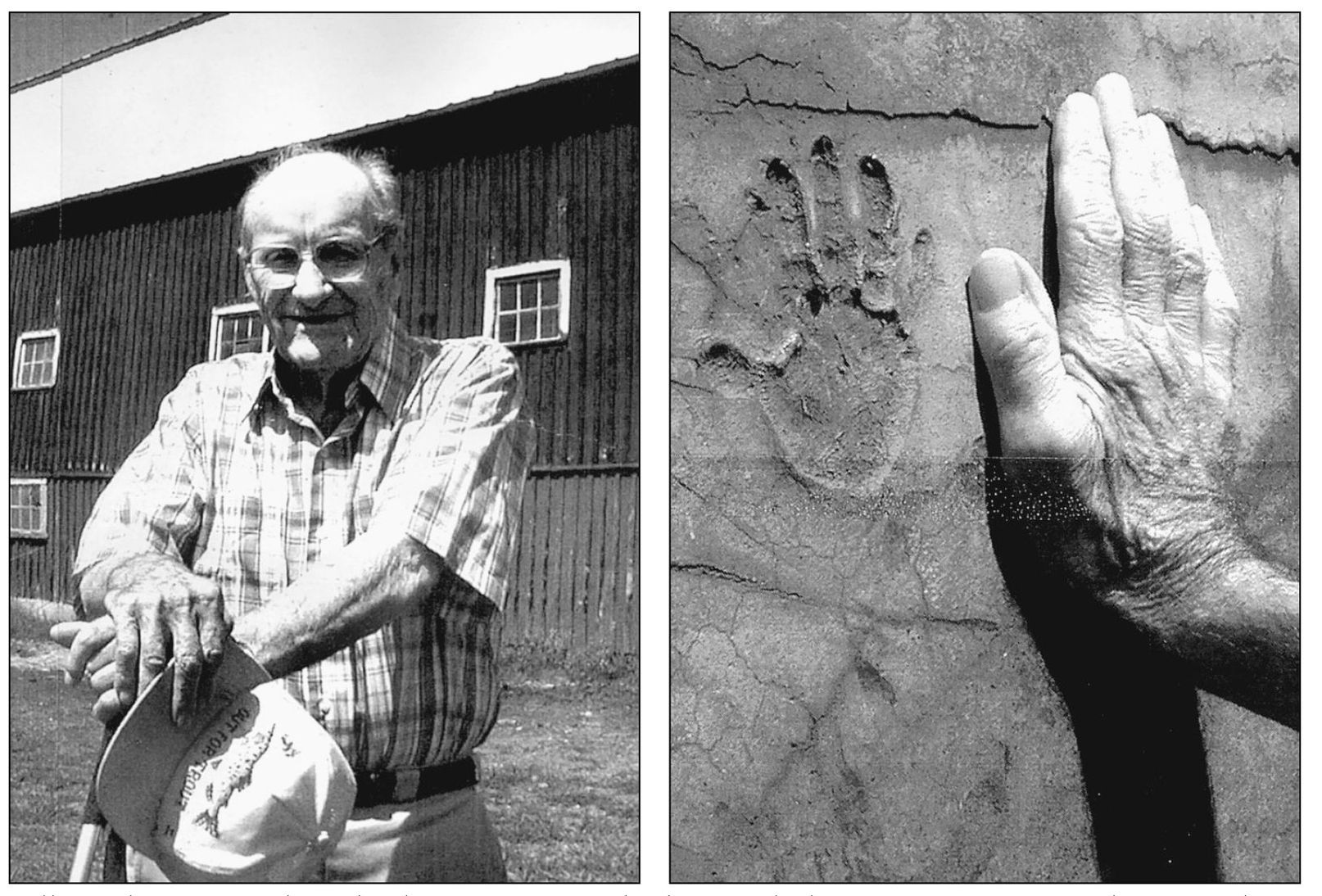
Bill Lord is pictured to the left in 2001 with the family barn on Route 3 south of Pittsburg village. An extraordinary family heirloom is Bill’s handprint, which was pressed into the newly poured concrete of the barn’s foundation in 1914, when Bill was just two years old. To the right is Bill’s hand in 2001 alongside the impression he made in the cement. (Photographs by Charles Jordan.)
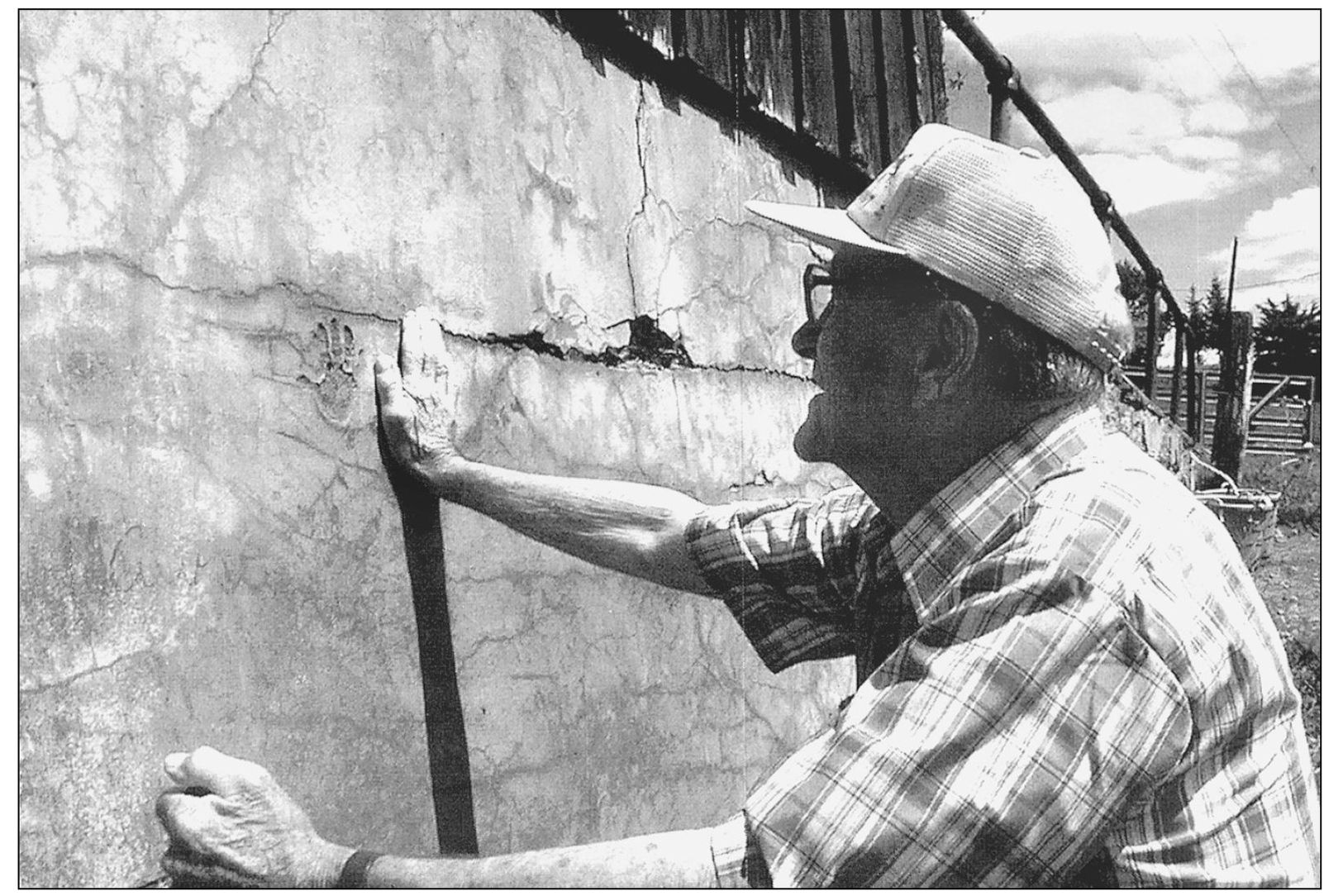
Bill Lord well remembered the day the workmen held him up and placed his little hand into the wet cement. (Photograph by Charles Jordan.)

This photograph shows the date that was set in the barn’s foundation.
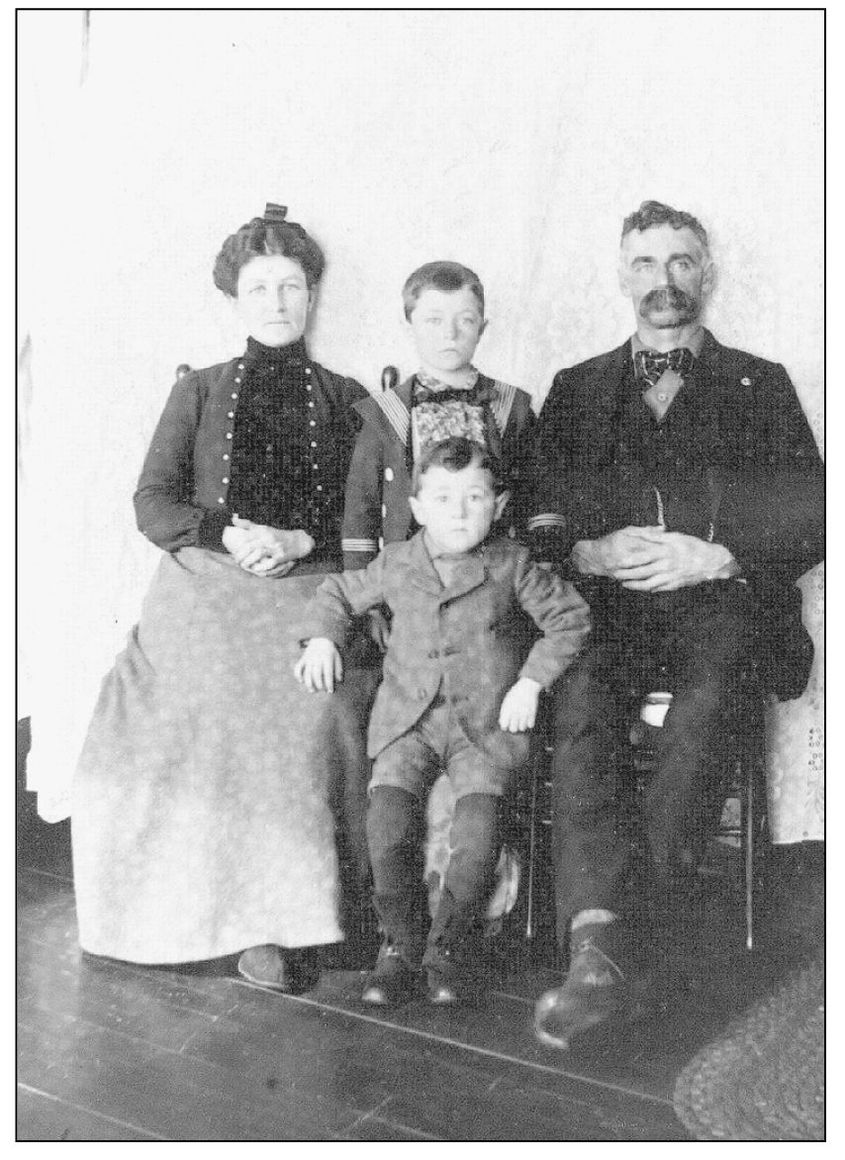
Mary Jane (Jennie) Wheeler Schoff and her husband, Nelson Schoff, are shown with their boys, Guy and John. The Schoff family was of German descent, coming to the United States in 1752. The first Schoff in Pittsburg was seven-year-old Hiram, who was “farmed out” due to the death of his father, who drowned in a logjam on the Connecticut River in 1808. Hiram later married Rebecca Brainerd.
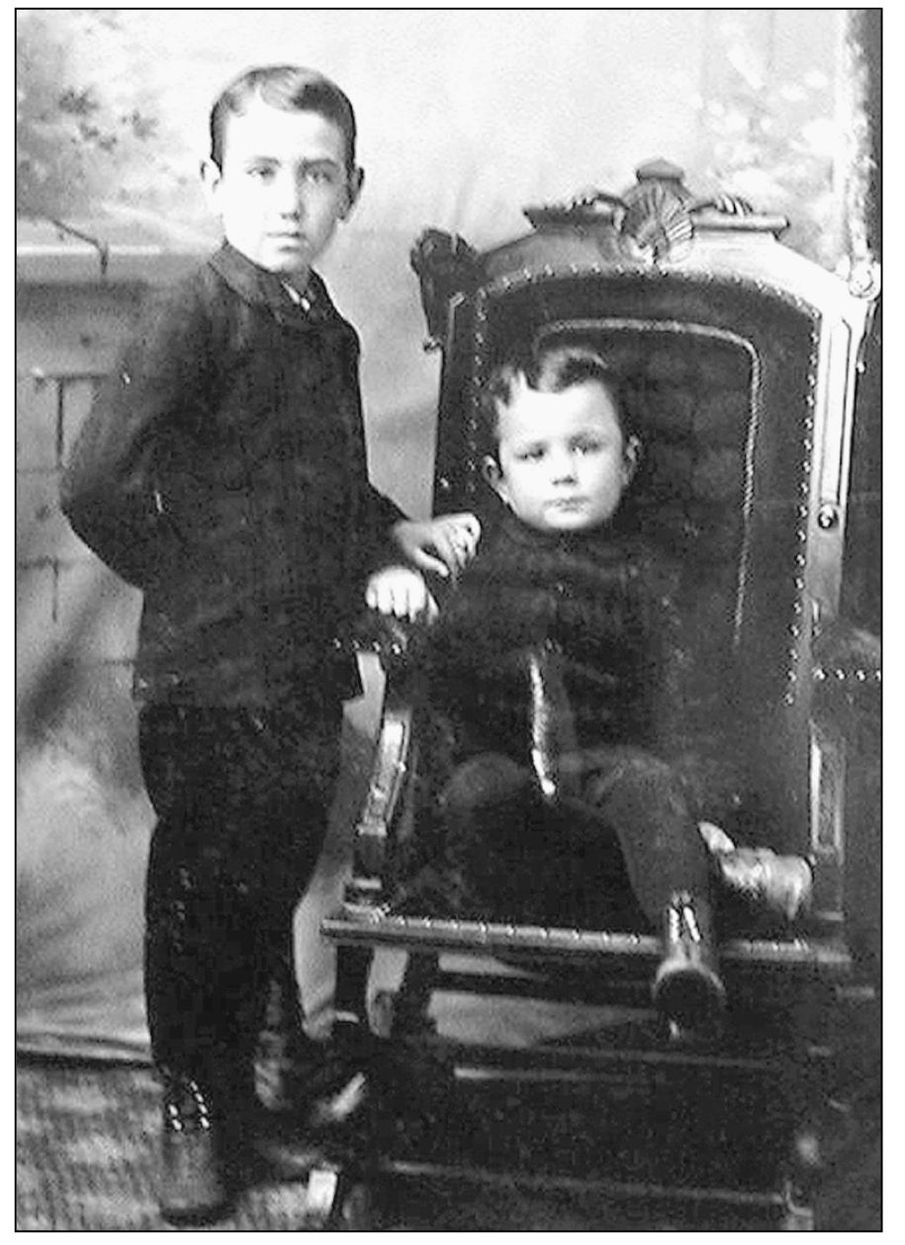
Shown in this photograph are Berry and Afton Hall.
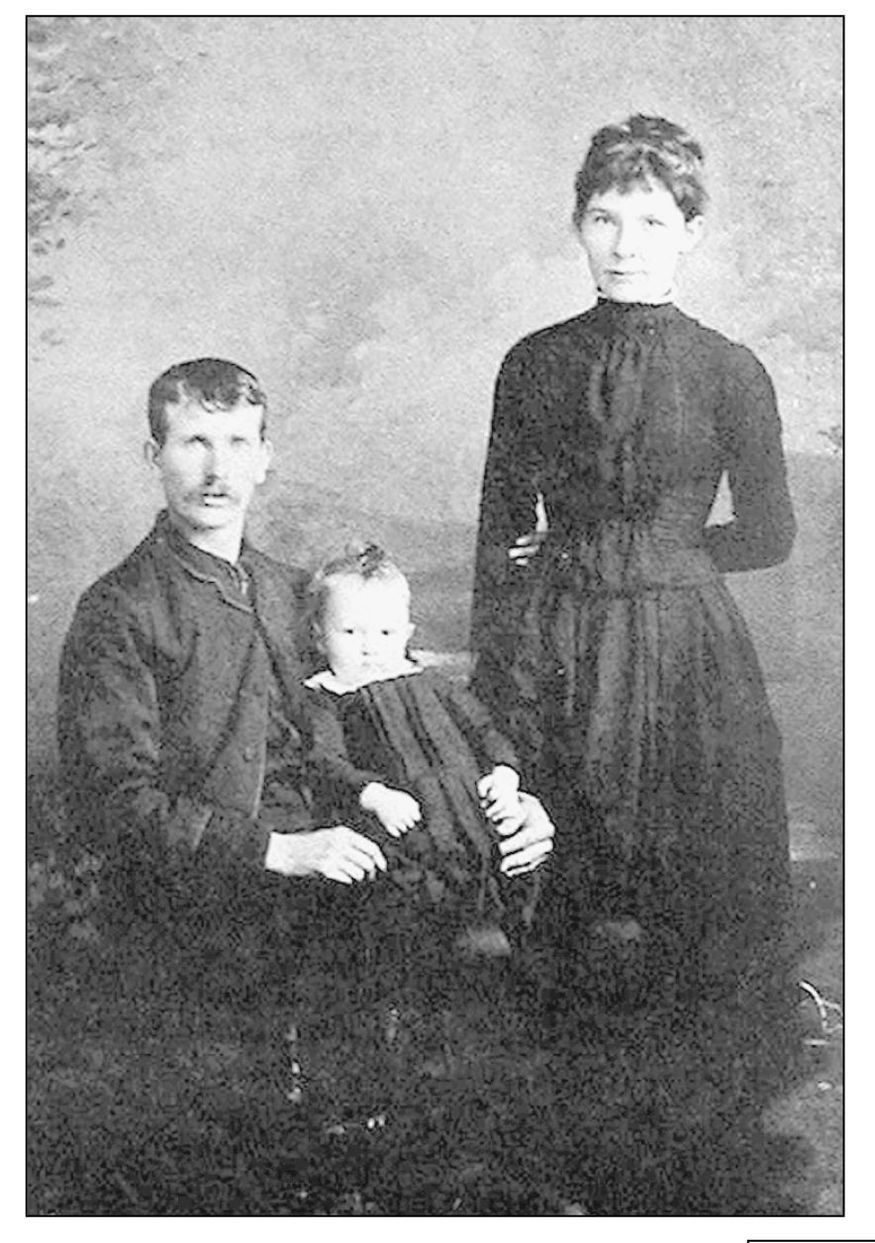
Gilbert and Rachel Scott pose with their firstborn son, Austin.
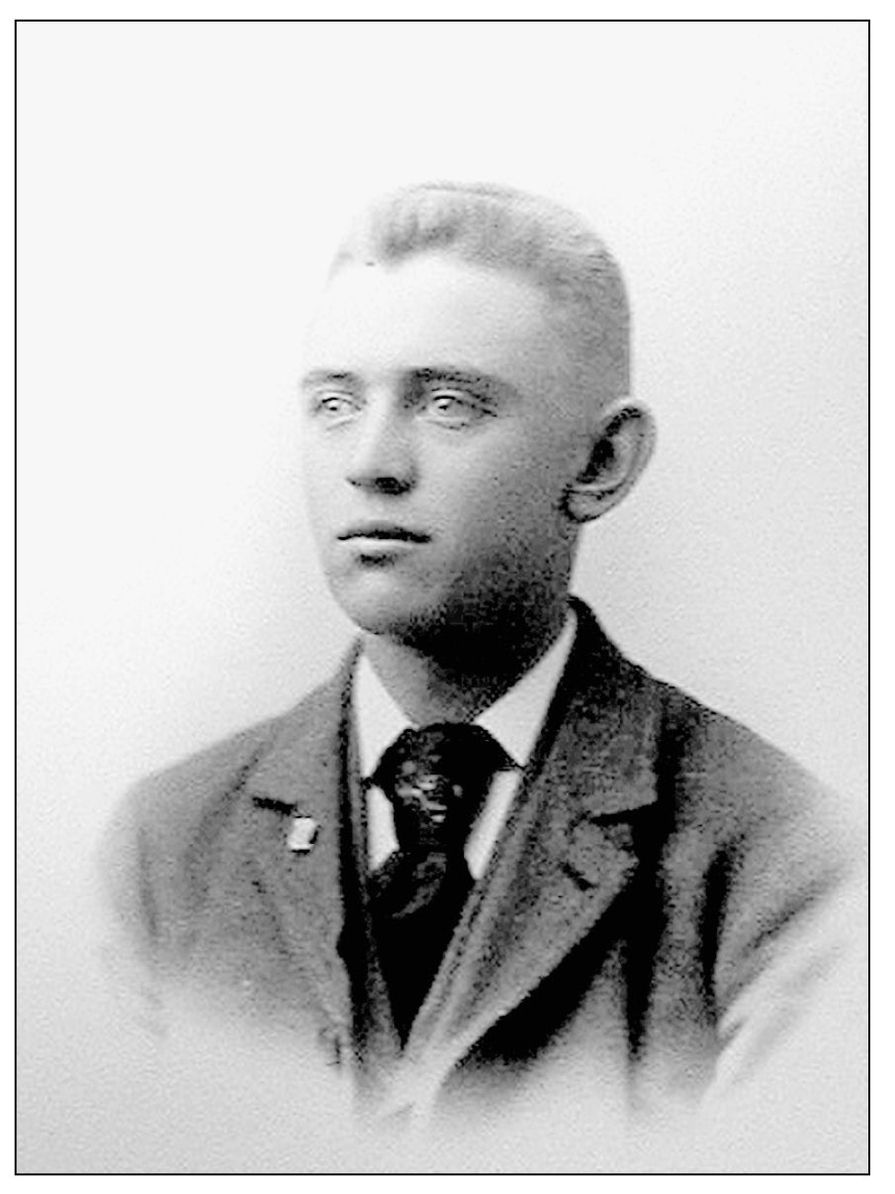
Frank Baldwin, an enterprising young man, started in the mercantile business at the age of 19.
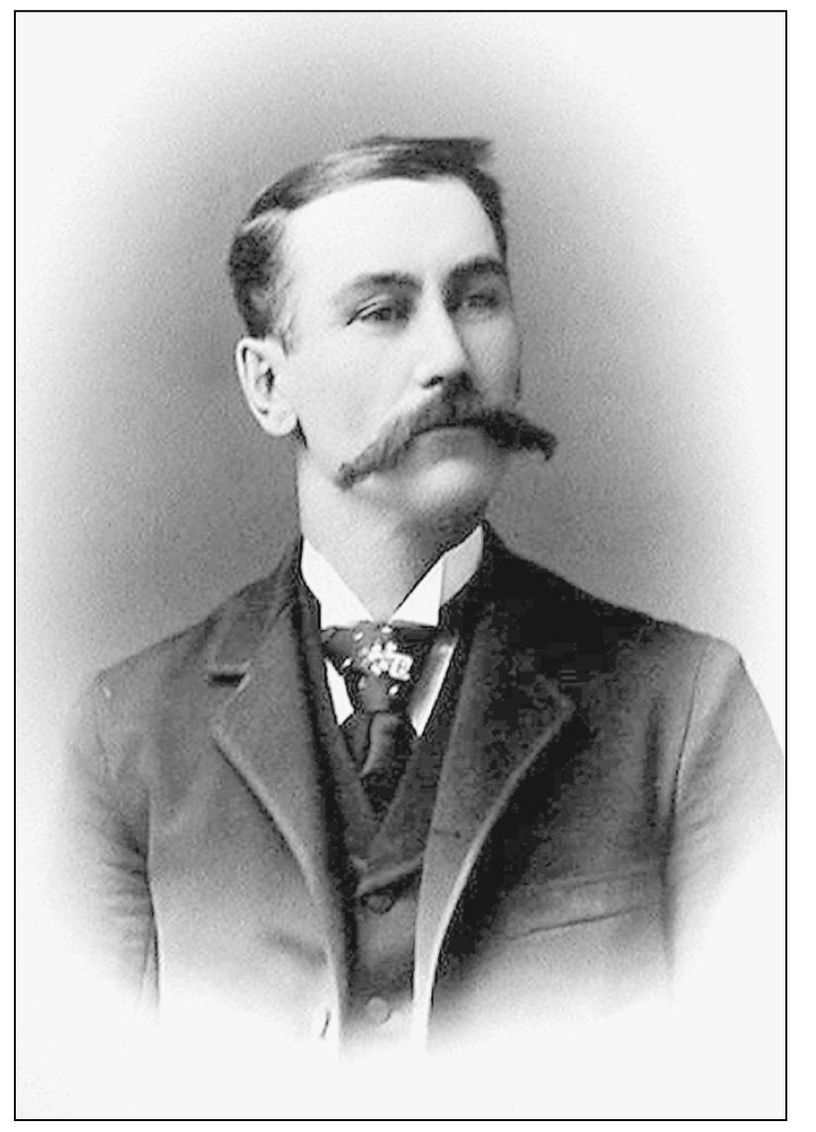
Pictured here is George Baldwin, Frank Baldwin’s uncle.
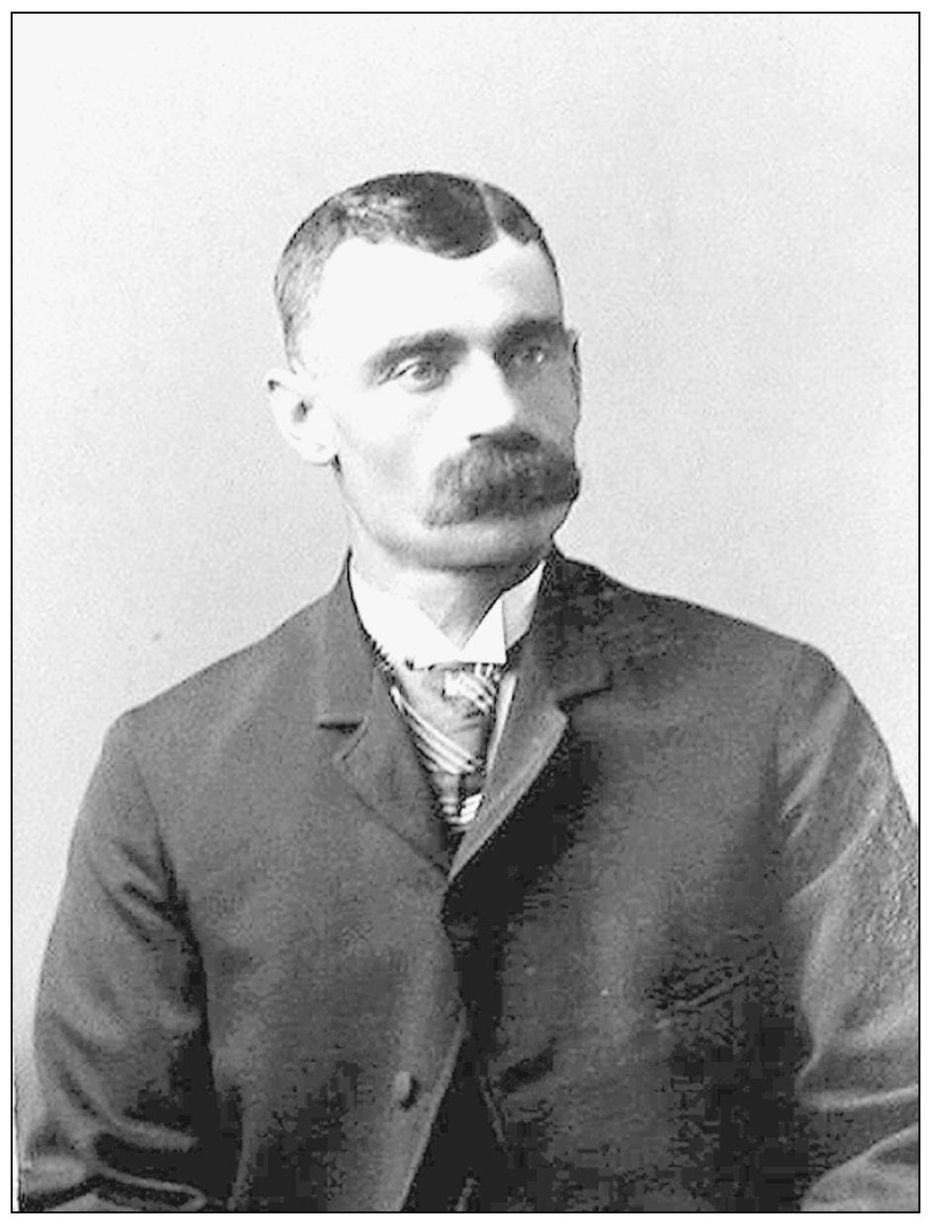
Shown in this photograph is Will Judd.
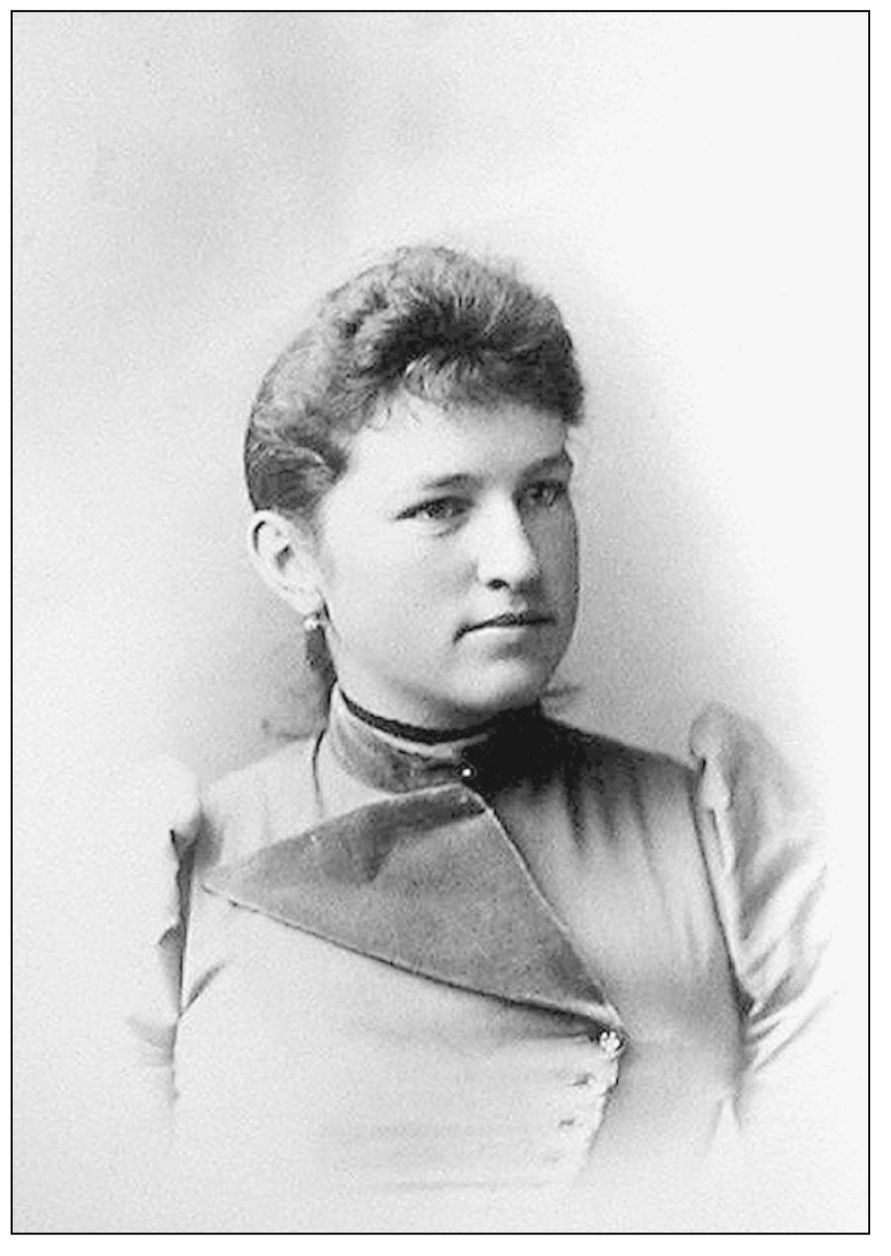
Hattie Schoff is featured here.
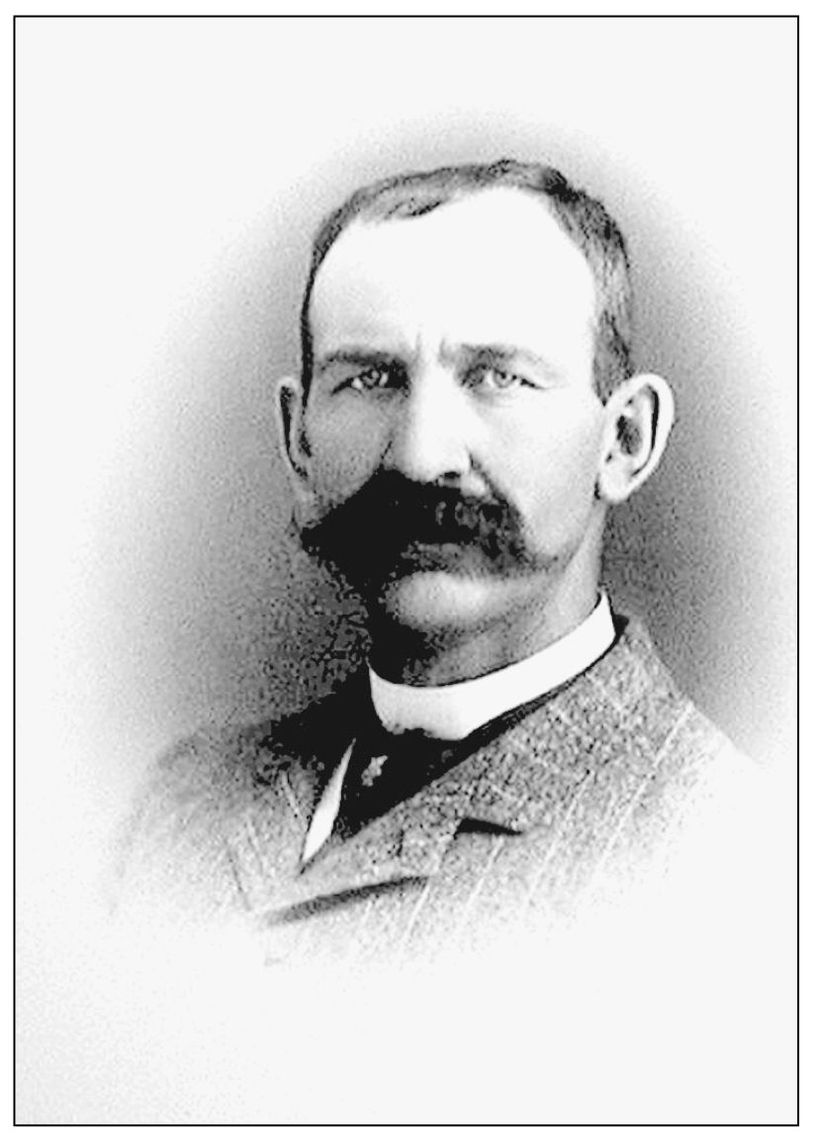
This portrait shows Will Abbott.
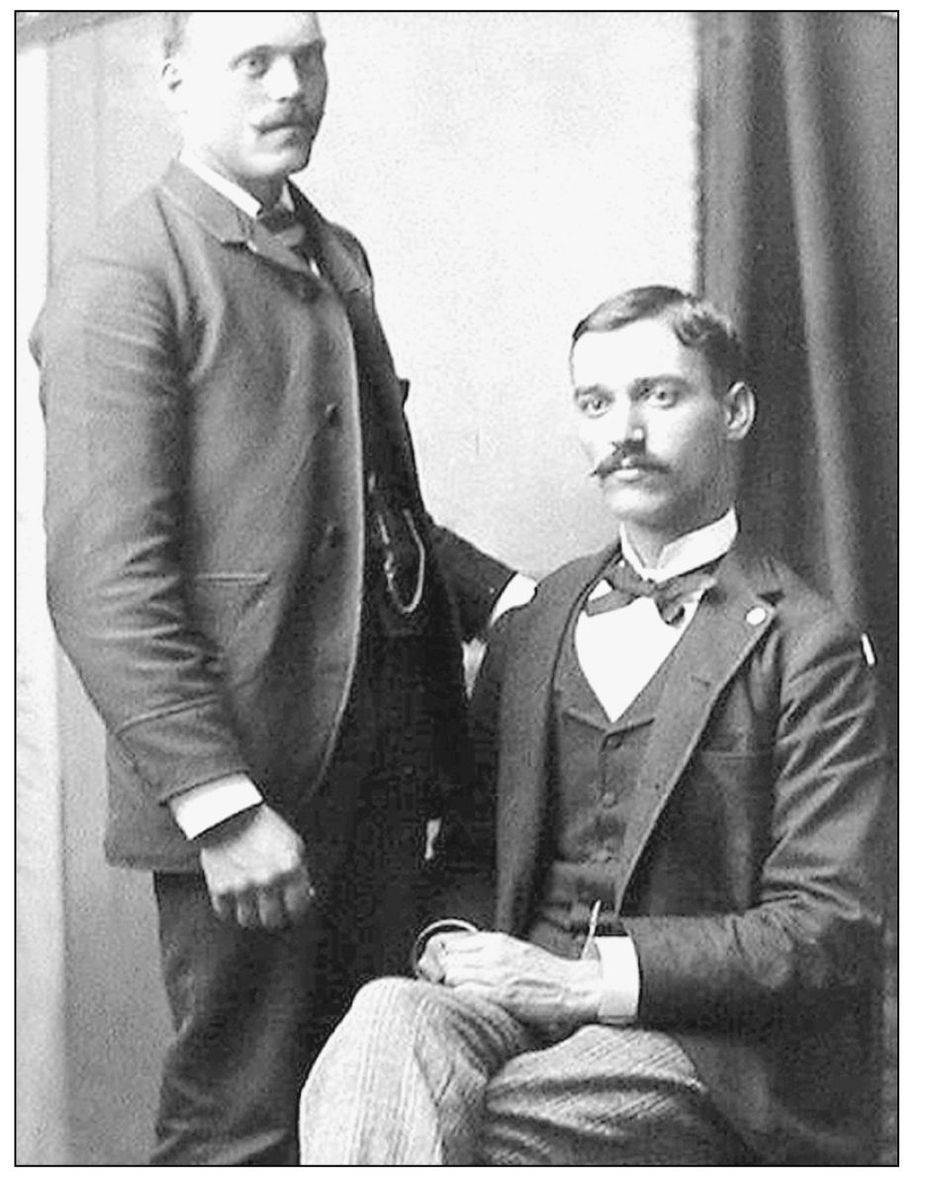
Kirt Hawes poses with his uncle Ed Keach.
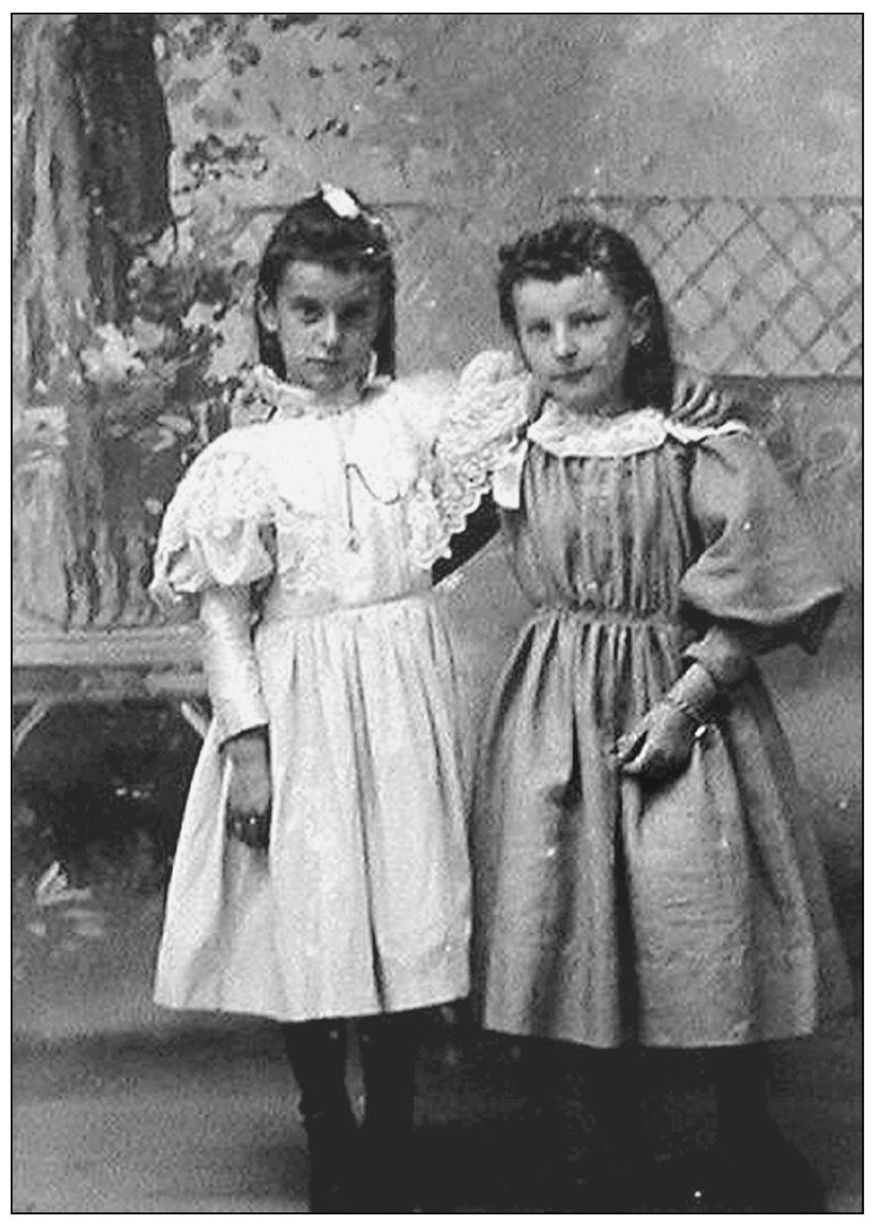
In this photograph, Matilda Crawford is on the right.
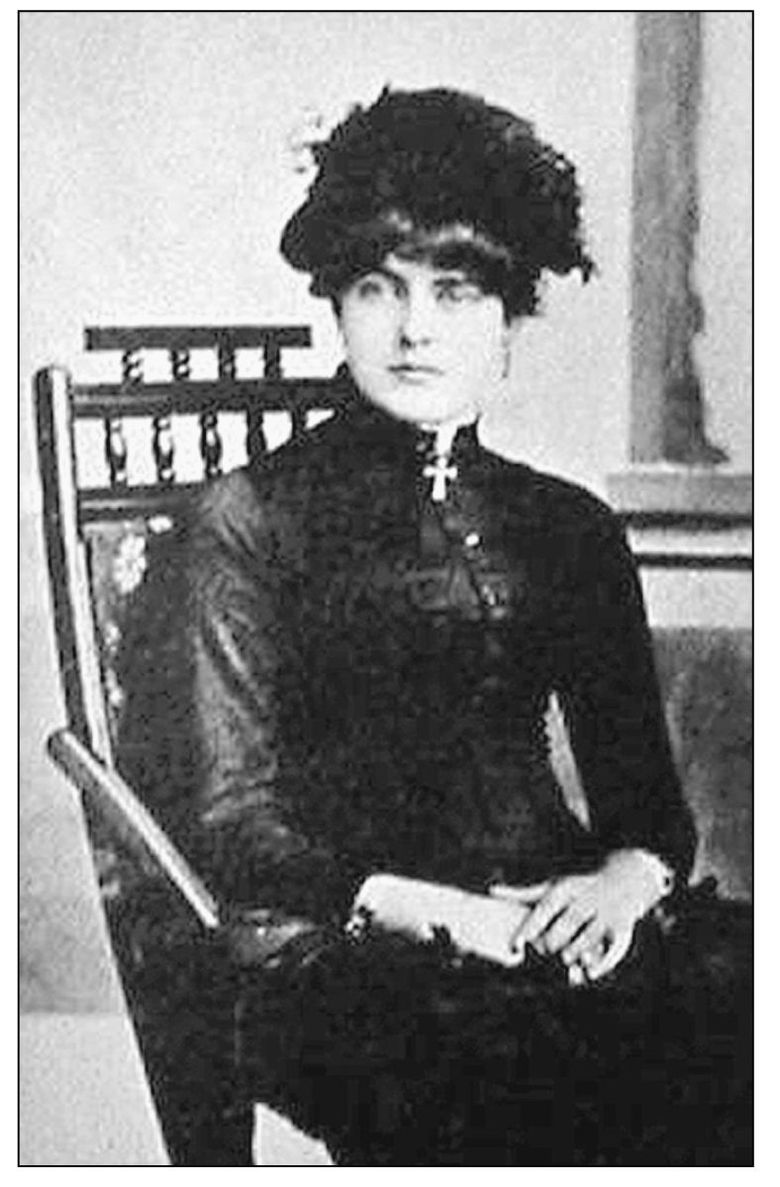
Lottie Smith poses in a chair.
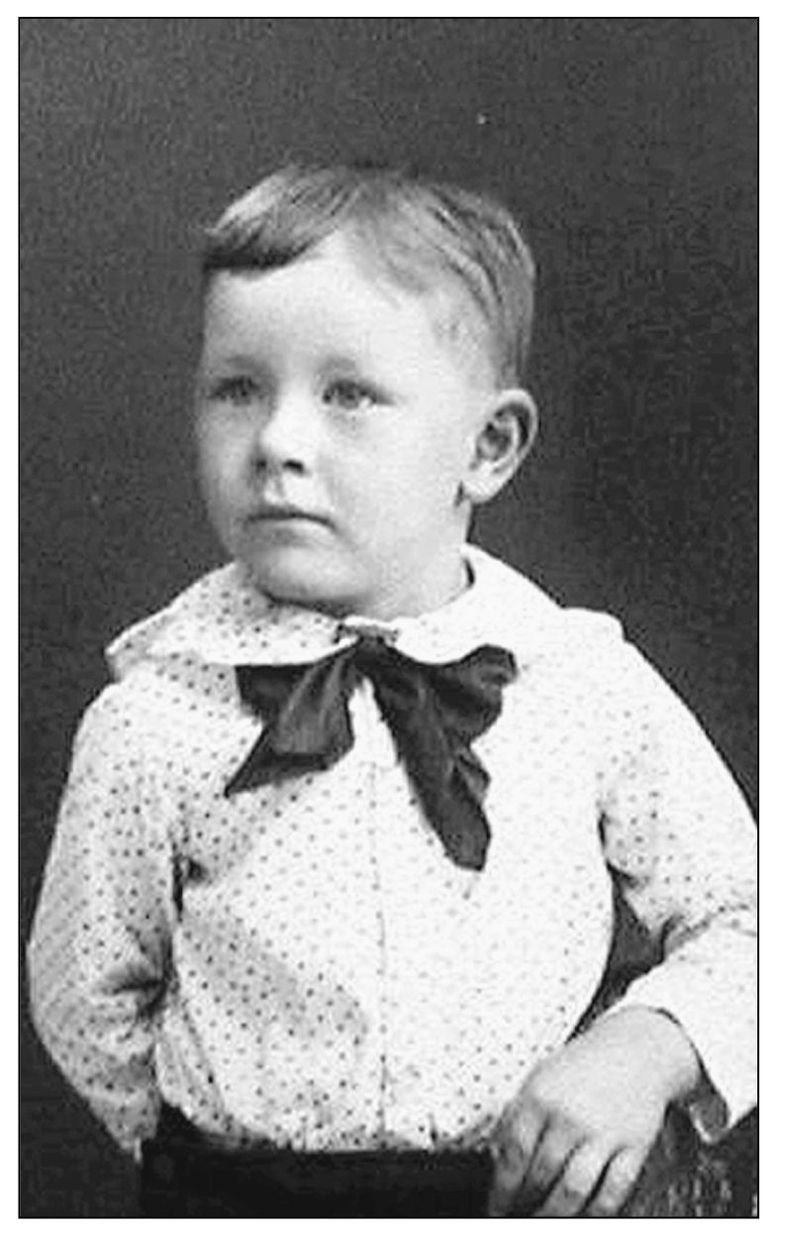
Shown in this photograph is Merton Aldrich, who later became the father of Cecil Aldrich.
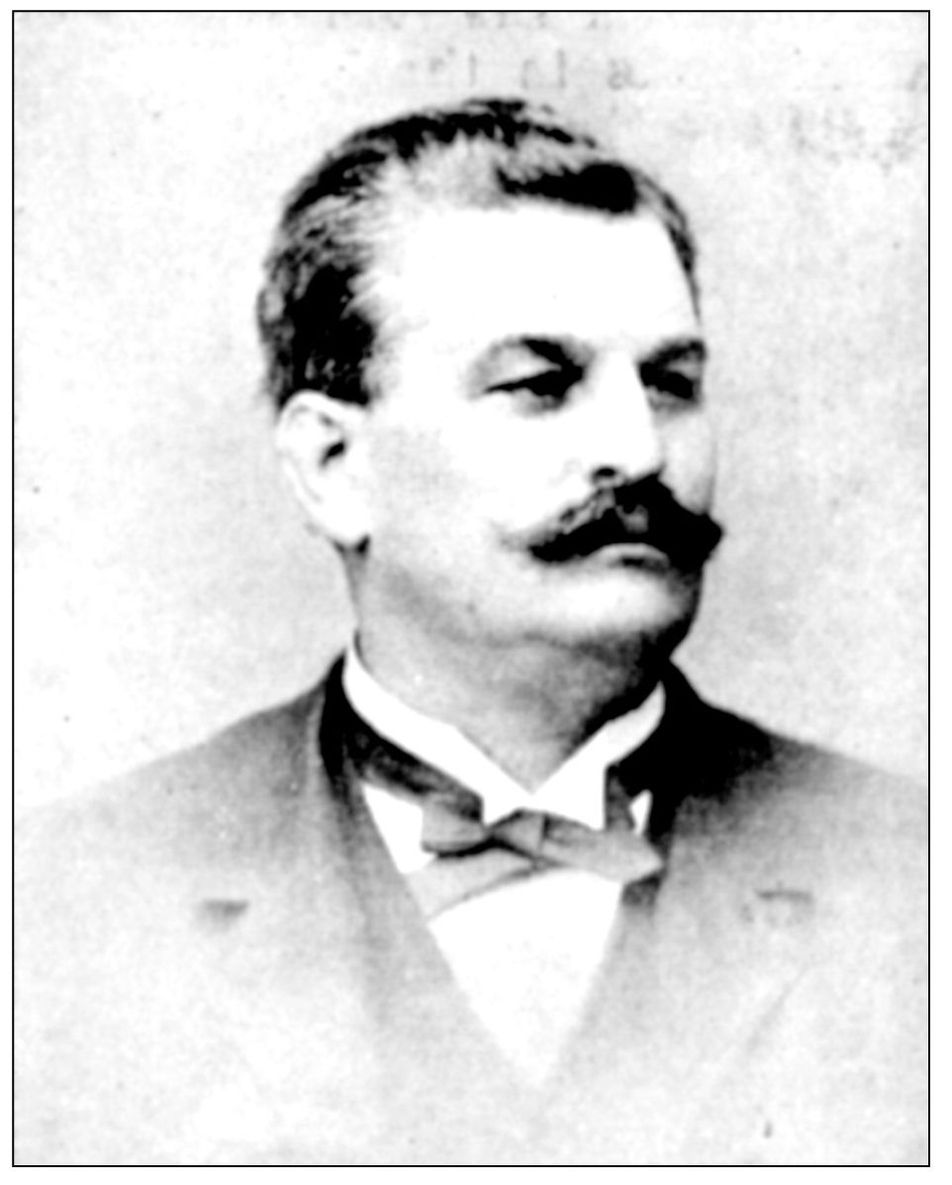
George Van Dyke, pictured here, was at the head of the great lumbering industry of Pittsburg. Born in Stanbridge, Vermont, on February 21, 1846, he moved to Hereford, Quebec, with his parents when he was a young boy. George Van Dyke went to work “in the woods” when he was 14 years old. By 1897, he had organized the Connecticut Valley Lumber Company. While viewing a log drive in August 1909, Van Dyke and his chauffeur were killed when their automobile plunged over a 50-foot-high ledge into the Connecticut River near his mill in Turner’s Falls, Massachusetts.
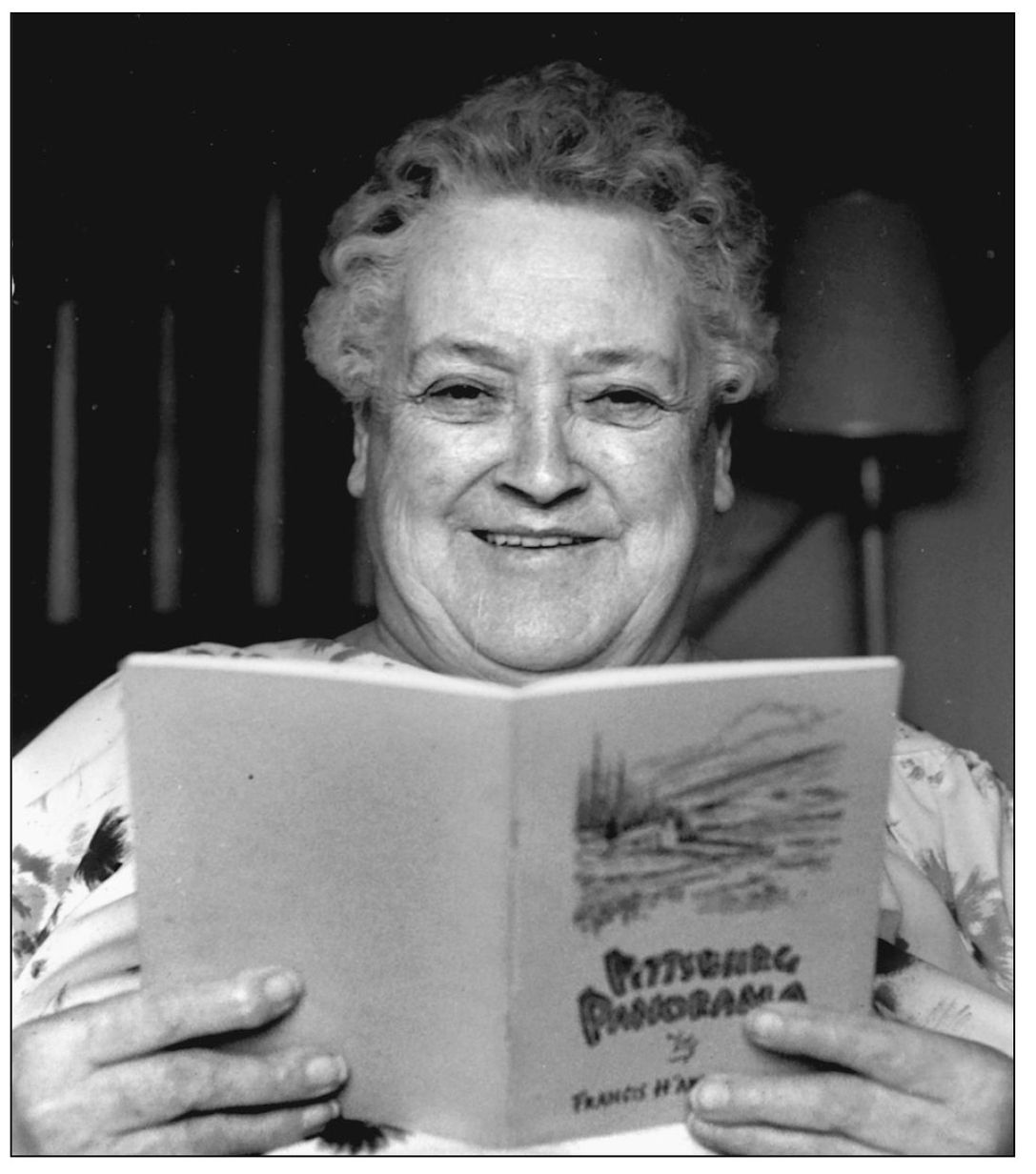
Historian Katherine Fogg, one of the founders of the Pittsburg Historical Society, poses with the 1960 booklet Pittsburg Panorama in 1990. (Photograph by Arlene Allin, Northern New Hampshire Magazine.)
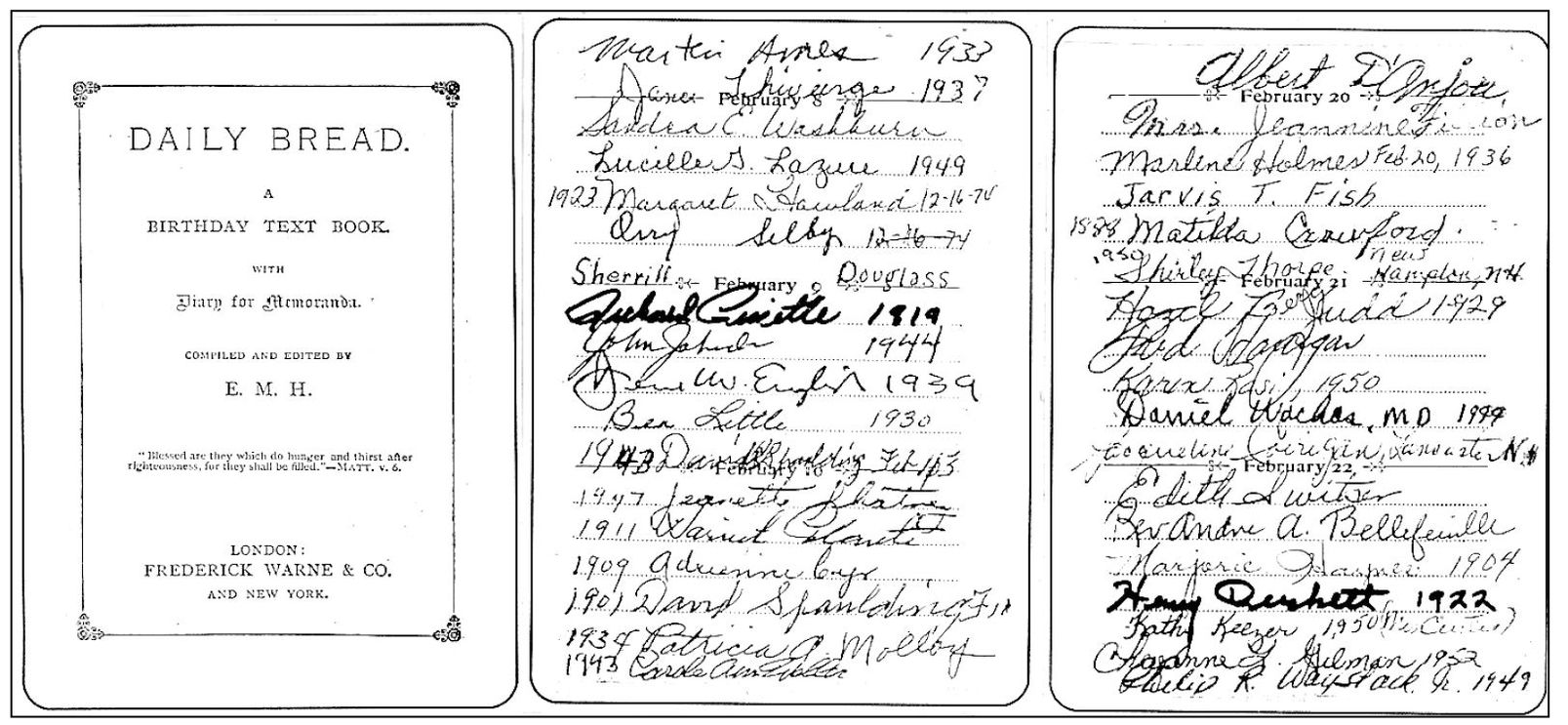
Dorothy Amey collected the birth dates and signatures from every person she ever met in her 70 years of life. She inherited the collection in 1959 from her father’s sister Lora. (Photograph courtesy Northern New Hampshire Magazine.)
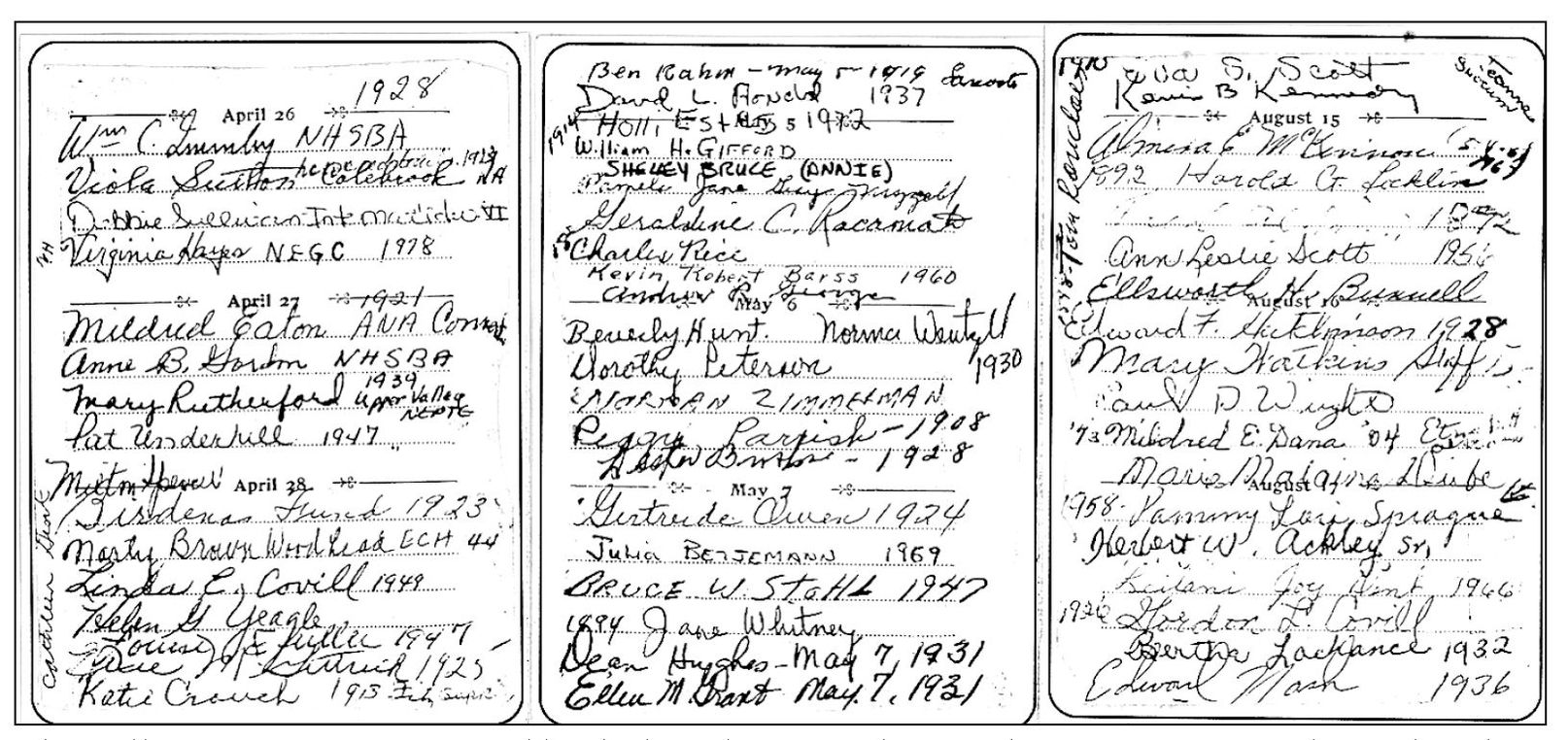
The collection of signatures and birth dates began with Dorothy Amey’s paternal grandmother, Mertie Sprague, in 1911, when Mertie was given a copy of Daily Bread: A Birthday Textbook as a Christmas gift from her sister-in-law Abbie. It resembled a memo book with dates, Bible verses, and plenty of blank pages. (Photograph courtesy Northern New Hampshire Magazine.)

Dorothy Amey’s son John once said that his mother loved going to conventions with her book because she saw it as a great opportunity to collect new names and birth dates. John said the family figured that there were about 1,800 names in the two books that three generations had filled. (Photograph courtesy Northern New Hampshire Magazine.)
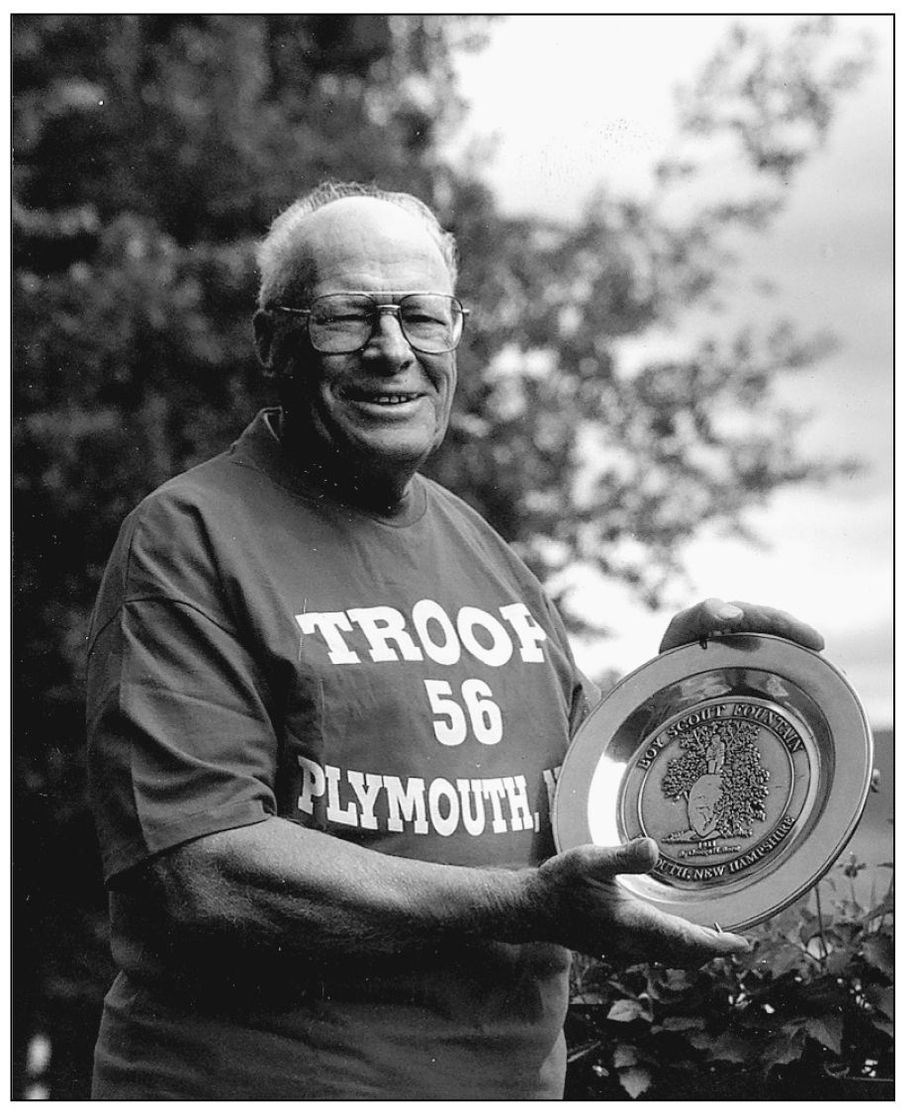
Harold Webster, who lives on First Connecticut Lake in Pittsburg, is seen here holding the commemorative plate given to him by the Rumney Snowdrifters in appreciation of his lending the snowmobile club a hand during his years with the state highway department. The plate is engraved with the Plymouth Common’s Boy Scout statue that he posed for as a young Boy Scout. He is wearing a T-shirt given to him by young members of Troop 56 at the rededication of the statue in September 1997. (Photograph courtesy Susan Zizza, Northern New Hampshire Magazine.)
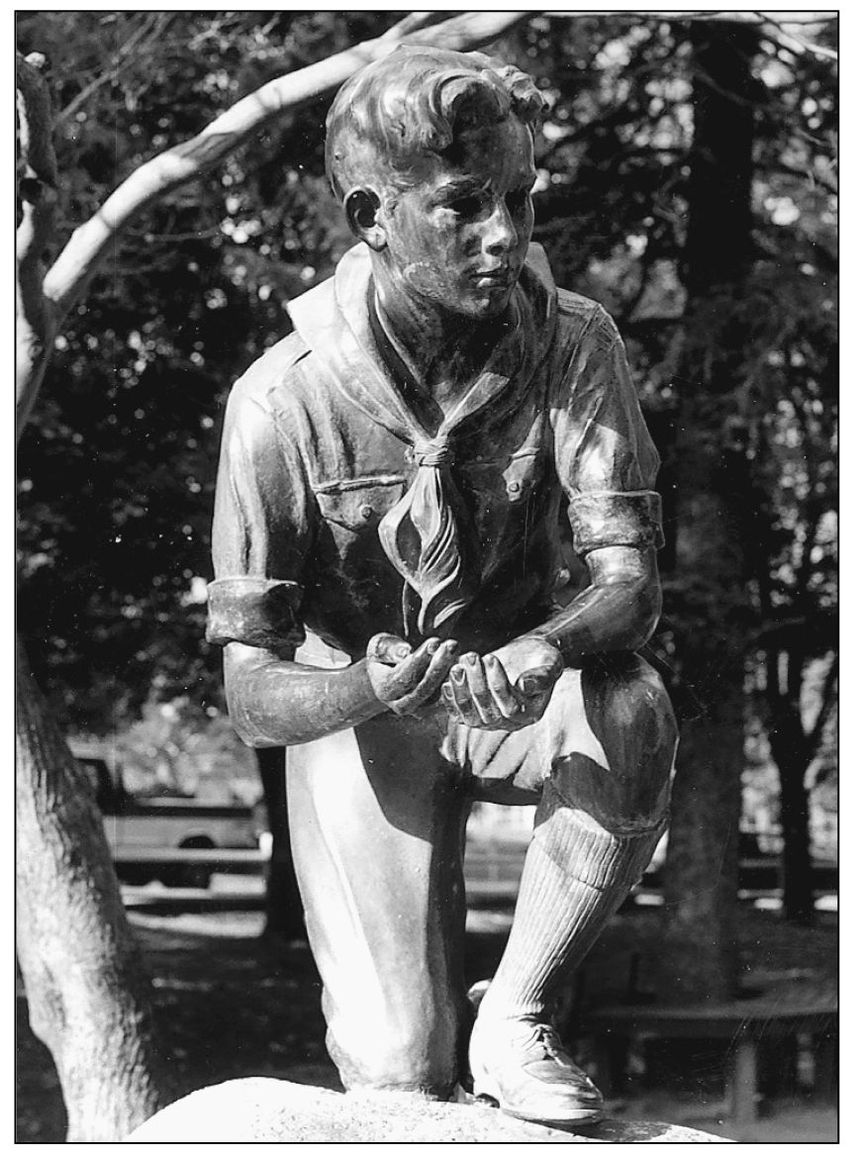
In order to create the illusion of a young Boy Scout dipping his hands into a stream for a drink of water, a pipe was positioned through the right leg and then through the body and arm of the statue. The sculptor of the bronze statue was George H. Borst of Philadelphia, Pennsylvania. Harold’s mother, Charlotte, was the chairman of the Plymouth Common refurbishing committee, which was formed to commission the sculpture. For two or three days a week during the summer of 1933, Harold posed for three to five hours at a time, on one knee, arms outstretched and hands cupped. (Photograph by Charles Jordan, Northern New Hampshire Magazine.)
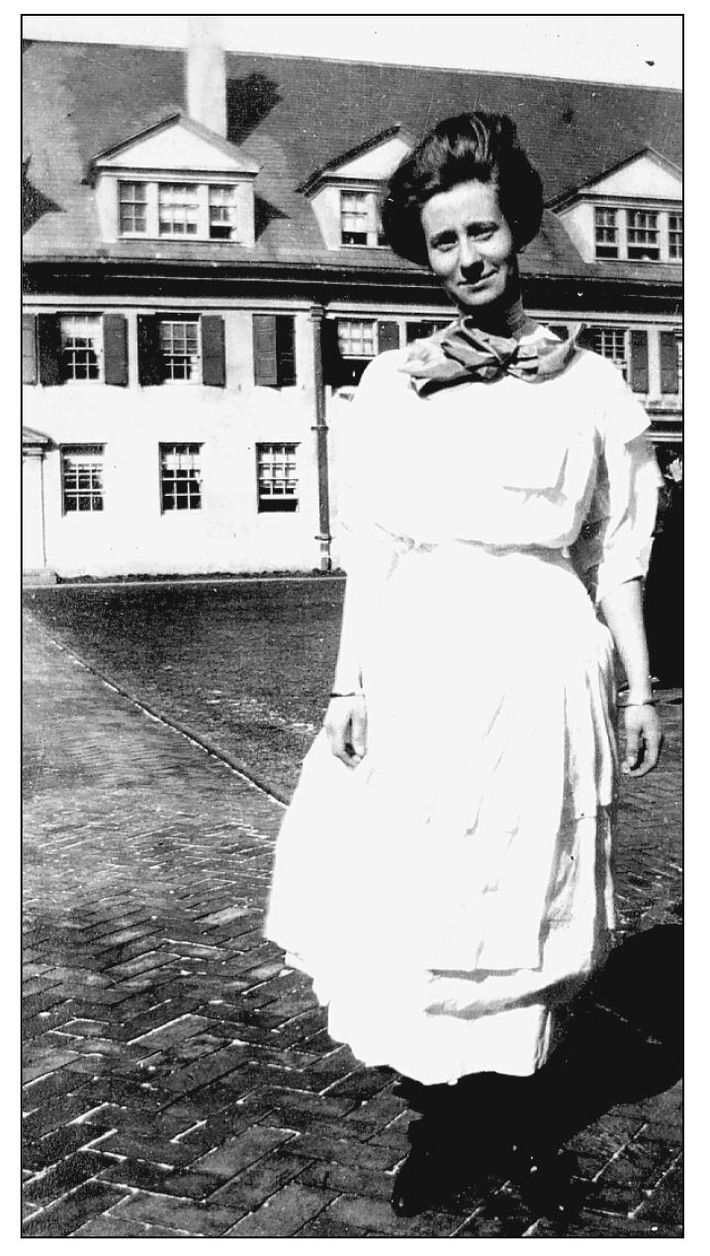
Harold Webster’s mother, Charlotte, was a civic-minded individual. Harold describes her as not quite five feet tall, but full of spunk and spirit. (Photograph courtesy Harold Webster.)